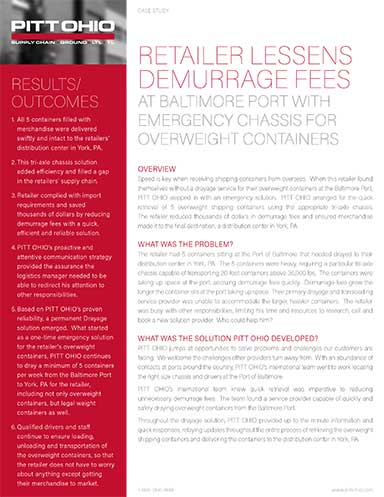April retail sales show gains amid a cautious 2023 outlook
United States April retail sales showed gains, according to data respectively issued by the U.S. Department of Commerce’s U.S. Census Bureau and the National Retail Federation (NRF).
Commerce reported that April retail sales—at $686.1 billion—were up 0.4% compared to March and were up 1.6% annually. And from February through April, it said retail sales increased 3.1% compared to the same period a year ago.
Retail trade sales saw a 0.4% increase, from March to April, and were up 0.5% annually. Non-store retailers, which includes e-commerce, saw an 8.0% annual gain, and food services and drinking places rose 9.4% annually.
NRF reported that April retail sales, which does not include automobile dealers, gasoline stations, and restaurants, were up 0.6% over March and were up 2% on an unadjusted basis annually. And on a three-month moving average through April, NRF said that retail sales were up 3.7% annually on an unadjusted basis.
“Consumers remained engaged in April,” NRF Chief Economist Jack Kleinhenz said in a statement. “Shoppers are being selective and price-sensitive, but we continue to expect that spending will see modest gains through the course of the year. Year-over-year growth slowed, which was partly because of upward revisions to last year’s data but also an early indication that credit conditions are tightening and excess savings are shrinking.”
NRF data pointed to April retail sales gains in four of the nine retail sectors it tracks, with four sectors showing sequential gains, including:
- online and other non-store sales were up 1.2% month over month seasonally adjusted and up 6.4% unadjusted year over year;
- health and personal care stores were up 0.9% month over month seasonally adjusted and up 5.8% unadjusted year over year;
- general merchandise stores were up 0.9% month over month seasonally adjusted and up 4.1% unadjusted year over year;
- grocery and beverage stores were down 0.2% month over month seasonally adjusted but up 2.9% unadjusted year over year;
- clothing and clothing accessory stores were down 0.3% month over month seasonally adjusted and down 4.1% unadjusted year over year;
- building materials and garden supply stores were up 0.5% month over month seasonally adjusted but down 5.7% unadjusted year over year;
- electronics and appliance stores were down 0.5% month over month seasonally adjusted and down 8.2% unadjusted year over year;
- furniture and home furnishings stores were down 0.7% month over month seasonally adjusted and down 8.8% unadjusted year over year; and
- Sporting goods stores were down 3.3% month over month seasonally adjusted and down 9.1% unadjusted year over year
In its 2023 retail sales forecast, which was issued in late March, NRF said it is calling for 2023 retail sales to see an annual increase between 4%-to-6%, coming in between $5.13 trillion-to-$5.23 trillion. This annual forecast, trails the 7% rate of annual retail sales growth seen in 2022, for a total of $4.9 trillion. And NRF said that the 2023 forecast tops the pre-pandemic, average annual retail sales growth rate of 3.6%.
2023 non-store and online sales, which are included in the total retail sales figure, are pegged to rise 10%-to-12% annually, coming in between $1.41 trillion-to-$1.43 trillion. This is in line with the 2022 forecast made by NRF a year ago, which called for a growth rate of 11%-to-13%, to between $1.17 trillion-to-$1.19 trillion. As previously noted, these figures continue to see major traction, which had been occurring well before the onset of the pandemic a little more than three years ago. But even with online and non-store sales growth continuing to see strong upside, NRF acknowledged that brick and mortar stores “remain the primary purchase point for consumers, accounting for approximately 70% of retail sales.”
Neil Saunders, managing director of GlobalData, wrote in a research note that while any growth is welcome, April represented the shallowest increase in 31 months and marks a very significant deterioration compared to recent performance, adding that the earlier timing of Easter compared to last year may certainly have pushed a bit of spending from April into March, but the broader evidence suggests that a consumer slowdown is now firmly underway.
“While consumers have pulled back, they are still spending 8.1% more than they did in the same month of 2021,” wrote Saunders. “Compared to 2019, spending is up by a third. In some ways, it is a sign of resilience that spending has not dropped further and faster, although inflation has certainly played a role in keeping the numbers aloft. Nevertheless, it is very clear that retail has moved firmly away from the spending boom which characterized the aftermath of the pandemic and is now in a period of normalization. In the year to-date, retail sales are up by 4.1% over 2022. This isn’t too shoddy. However, this number will likely be deteriorated in the months ahead as more soft numbers materialize. Consumer confidence and spending are also fragile so will be more affected by negative headlines, changes in interest rates, and political and policy decisions. This inevitably means we are entering a much choppier and more changeable chapter in the book of retail.”













